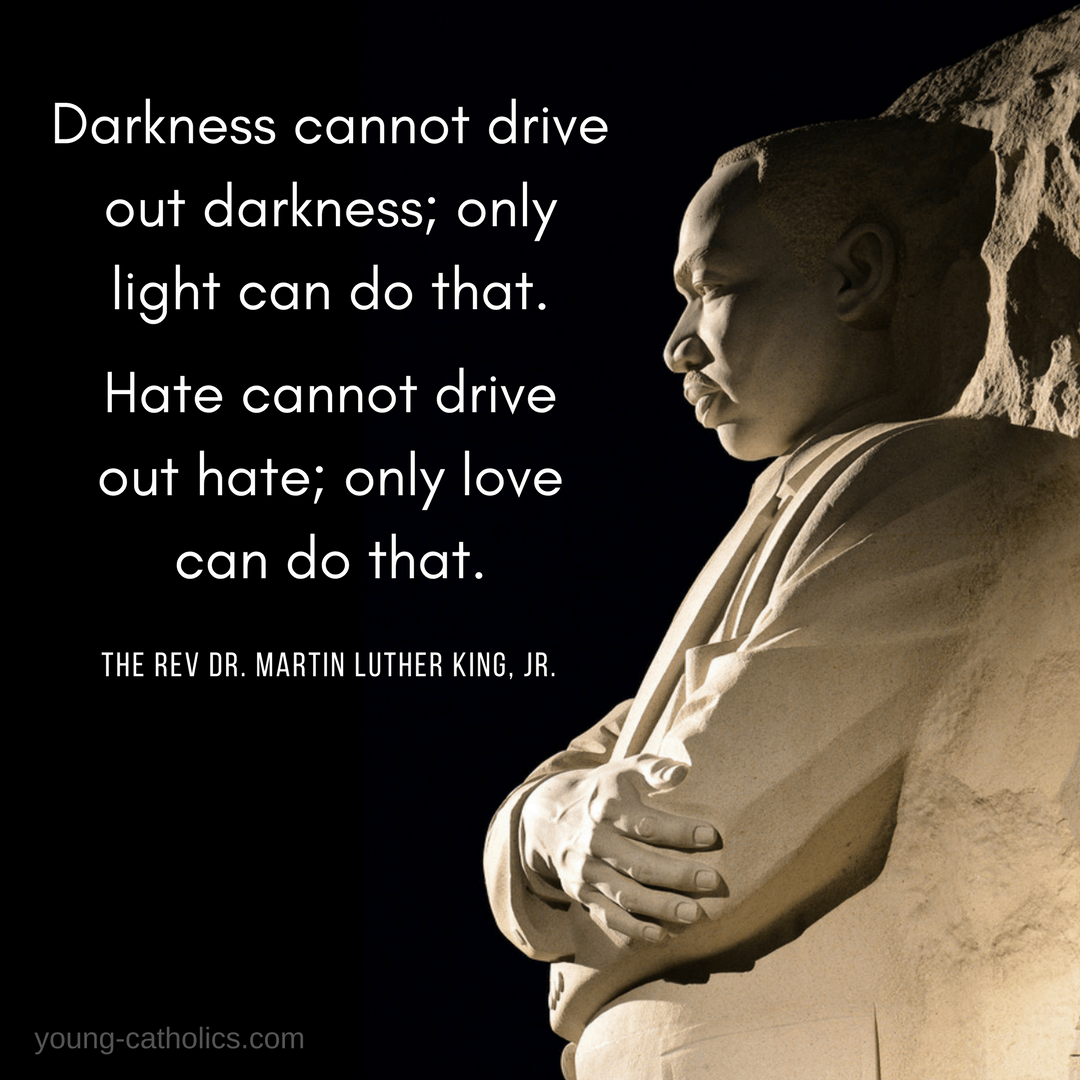Tolkien Reading Day, Friday March 25 – Activities and Scavenger Hunt
Tolkien Reading Day Art and Math Integration Icebreakers/Early Finishers Activity/ Extra Credit Scavenger Hunt
Personalized, shortened link to this post: https://tinyurl.com/HobbitTeague
Tomorrow, March 25 is Tolkien Reading Day, sponsored by The Tolkien Society. Tolkien Reading Day has been organized by the Tolkien Society since 2003 to encourage fans of all ages “to celebrate and promote the life and works of J.R.R. Tolkien by reading favorite passages.”
Icebreaker How-To’s:
Project this book cover and, as students walk on (or after the bell, whatever is your instructional practice), ask students to go on a mini-middle Earth scavenger hunt.
Students find the following:
- All the triangles in the book cover (by number or diagram)
- All of the circles in the book cover (by number or diagram)
- One other geometric shape (give the shape and the number)
- An item represented 13 times
- In what year was The Hobbit first published?
- Using our current year, how many years ago was The Hobbit first published?
- How old was J.R.R. Tolkien when The Hobbit was first published?
- Your Choice (consider sharing as a Reply to this post)
- Your Choice (consider sharing as a Reply to this post)
- Students write their own question and provides the answer
*****Be sure to honor the purpose of the day and read your favorite section of The Hobbit! Click here to go to the Library of Congress to see an excerpt of The Hobbit: http://catdir.loc.gov/catdir/samples/hm051/98102207.html
Happy Tolkien Reading Day!!
For More Information
Education World Hobbit Scavenger Hunt – https://www.educationworld.com/a_lesson/internet-scavenger-hunt/the-hobbit.shtml
PDF file of the Scavenger Hunt: https://www.educationworld.com/sites/default/files/Internet-Scavenger-Hunt-Hobbit.pdf
The Tolkien Society ~~ https://www.tolkiensociety.org/
gif via GIPHY
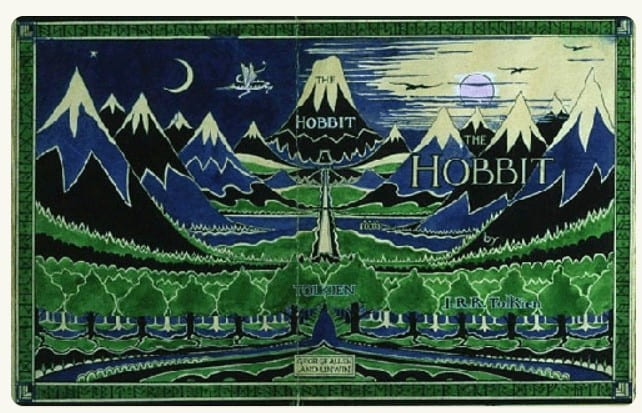
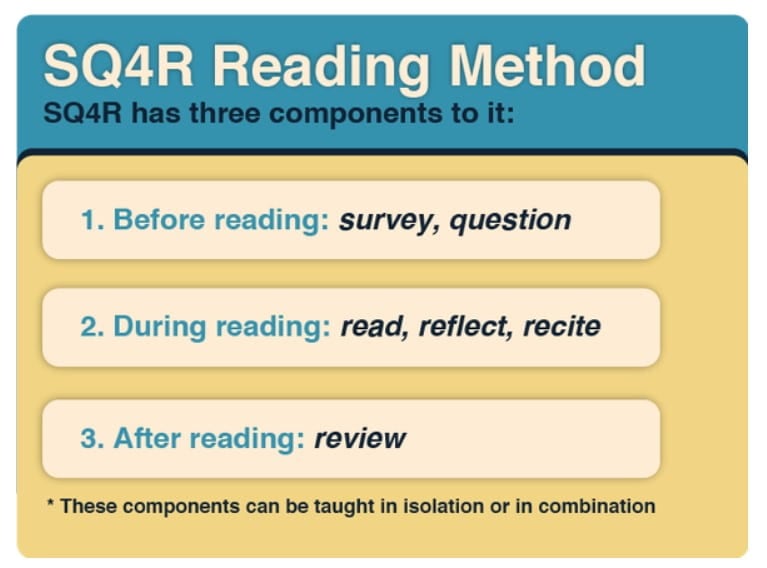

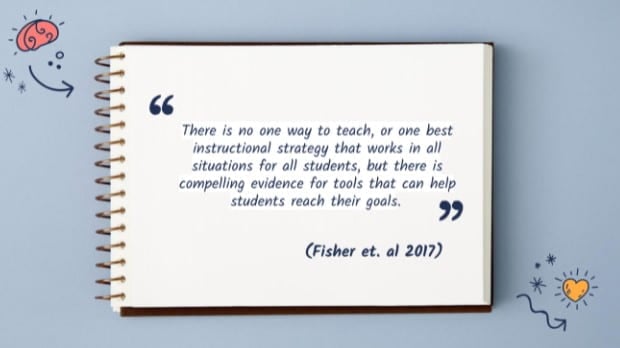

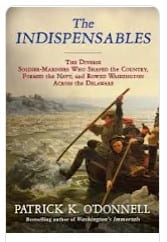
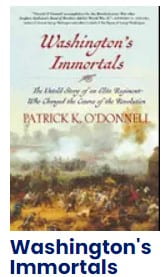


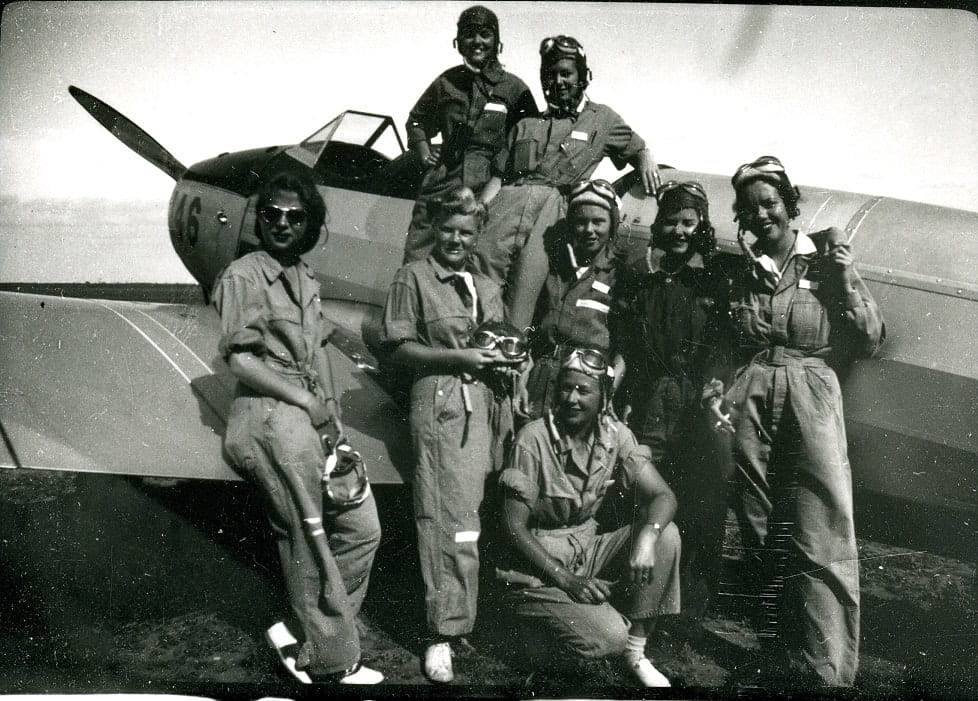
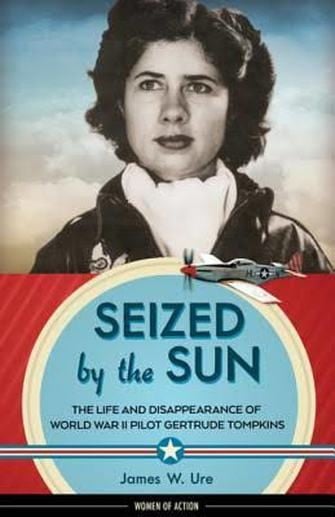 The 2017 Young Adutl (YA) book
The 2017 Young Adutl (YA) book 